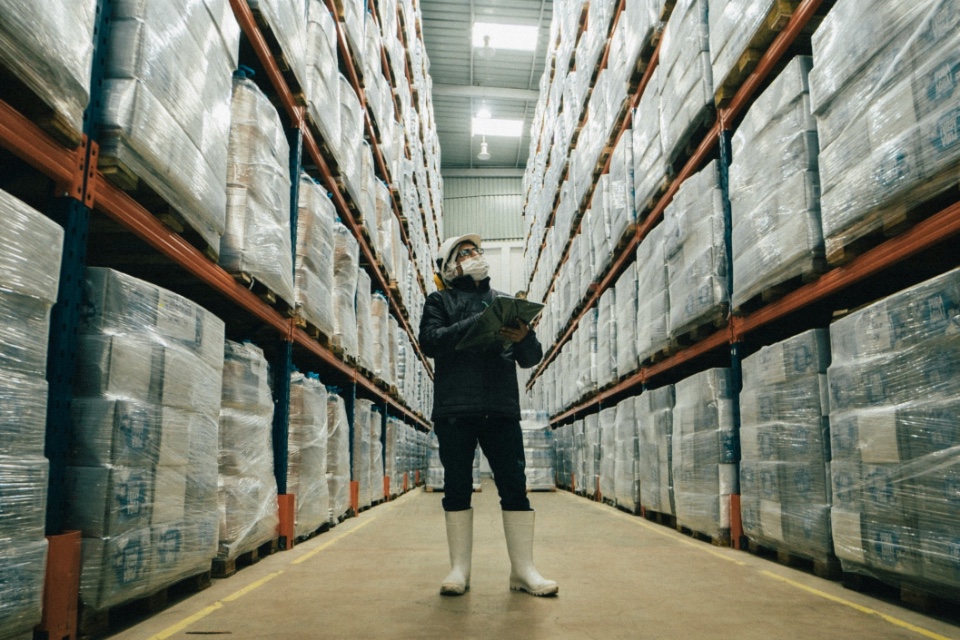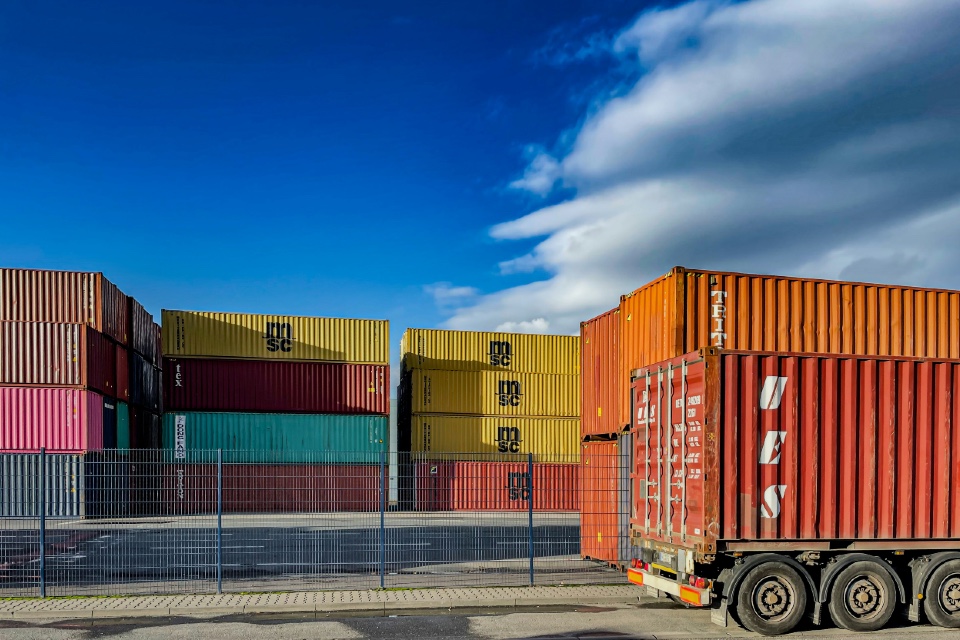The turbulence of the past two years has shown senior management the importance of supply chains and logistics. Within this business landscape, the need for retailers to innovate to adapt their supply chain and logistics operations to meet the challenging market conditions has never been more important.
While every company’s challenges and opportunities are unique, it has also become important to establish whether there are any common technology innovation themes across organisations.
With that in mind, Descartes, in conjunction with SAPIO Research, surveyed 1,000 supply chain and logistics executives’ opinions in the UK, Europe and North America to determine where organisations are placing their innovation emphasis and technology deployment focus. Some of the results will be surprising, while others show how market hype distorts innovation realities – further, what can retailers learn from these findings? Chris Jones, EVP, Descartes reveals all and shares some of the key findings and insights from this study…
Digitisation Initiatives
Digitisation efforts are closely aligned with supply chain and logistics innovation, because they’re about transforming company performance in ways that allow customers to see the positive difference. Supply chain and logistics operations are very extensive, so it’s highly unlikely that companies would have digitisation programs that address the entirety of their operations. The study identified the top digitisation initiatives companies have focused on as order fulfilment (47%), customer experience (45%) and transportation processes (44%). Notice that these initiatives are largely “customer facing” as opposed to back-office operations.
Supply Chain and Logistics Applications
The answers to three questions paint a picture of where companies believe they’re most innovative in their supply chain and logistics operations, where they have the greatest need for innovation and where they will focus innovation for the next two years. In general, no one application area dominated the results for the state of innovation today and future focus.
The degree of application innovation in a given area is also a function of its importance to the organisation and past innovation focus. In some cases, supplychain and logistics applications, such as warehouse management systems (WMS), simultaneously topped the list for most innovative part of the business and the list of those applications having the greatest need for innovation.
Application Innovation Requirements Explained
This is further elaborated on by considering application innovation according to three categories: most innovative; most in need of innovation; and the innovation focus over the next two years.
Most innovative
Over a quarter of respondents feel their companies are most innovative with their WMS (28%) and transportation tracking (26%). Transportation management systems (TMS) were third (25%); however, this figure rose to 28% for those who said senior management believe supply chain and logistics innovation is very important and declined to 18% for those who said senior management believe it less important.
Most in need of innovation
WMS (24%) was also cited as the top area with the greatest need for innovation, followed closely by inventory management (22%). While inventory management is second, it’s fairly low, which is surprising given how many problems companies have experienced either with having excess inventory or not enough of the products that customers want.
Innovation focus next two years
The top focus areas for innovation for the next two years are customer experience (25%), TMS (24%) and WMS (23%). Customer experience was the highest priority for manufacturers, retailers and distributors, but the fourth highest priority for carriers and logistics services providers. TMS was the highest priority for carriers and logistics services providers, but the fourth highest priority for manufacturers, retailers and distributors.
Advanced Computing Technologies
Advanced computing technology has been touted as the next wave of supply chainand logistics innovation, but it’s still early stage for most companies, including retailers. When looking at full deployments, with the exception of data analytics (40%), most advanced computing technologies such as machine learning (20%), artificial intelligence – non machine learning (17%) and robotic process automation (16%) are still in the early stages of full production use. For pilots or partial deployments, however, there is a lot of advanced computing technology activity in supply chain and logistics operations: robotic process automation (52%), machine learning (52%), data analytics (50%) and artificial intelligence – non machine learning (47%).
Conclusion: Momentum Exists, But There’s Work To Do in Retail
The last several years have been an accelerator of supply chain and logistics innovation with almost two-thirds (65%) of the study’s respondents indicating they’re increasing IT innovation funding. Given the scale and scope of supply chain and logistics, companies are focusing on transforming customer-facing processes and operations. No single supply chain or logistics application stands out as the dominant way to innovate, which speaks to the diversity of challenges and opportunities companies – such as retailers – face, and the need for a wide array of solutions.
For many companies, they’re early in their advanced computing technology journeys, but the next two years could prove interesting as pilots and partial deployments come to fruition. What technologies will your retail organisation use to innovate its supply chain and logistics operations?







